Category: Goodies
Wisdom for Teams #19
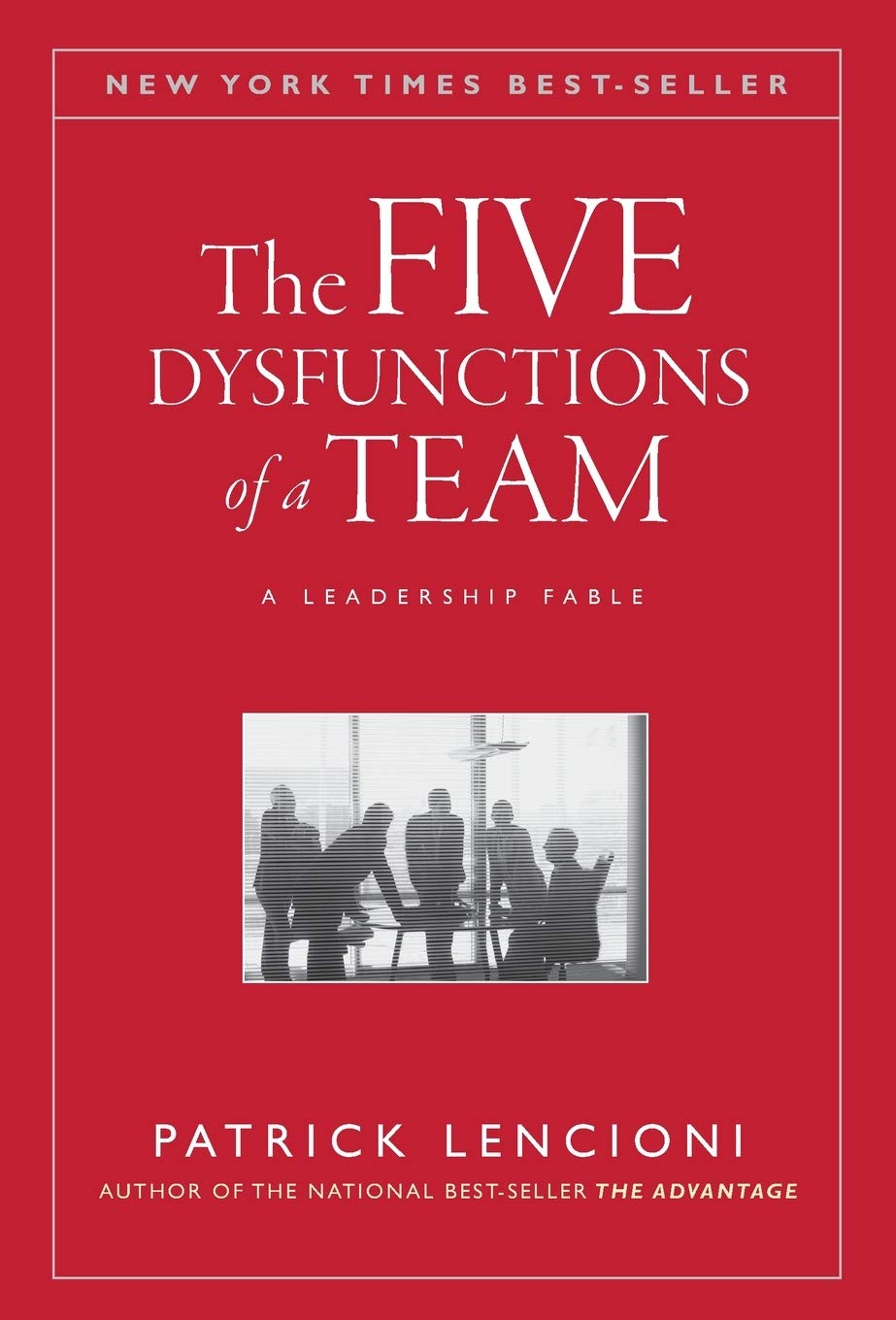
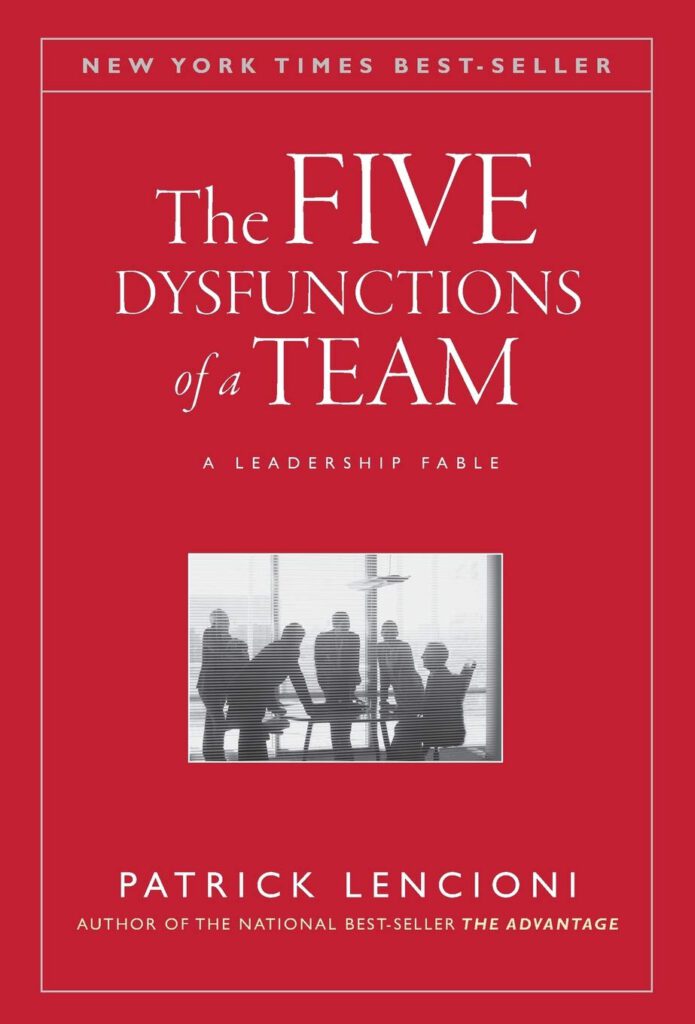
—
“Teamwork begins by building trust. And the only way to do that is to overcome our need for invulnerability.”
—
PATRICK LENCIONI (born 1965), American author and speaker on business management, best known for the book The Five Dysfunctions of a Team.
Wisdom for Teams #18
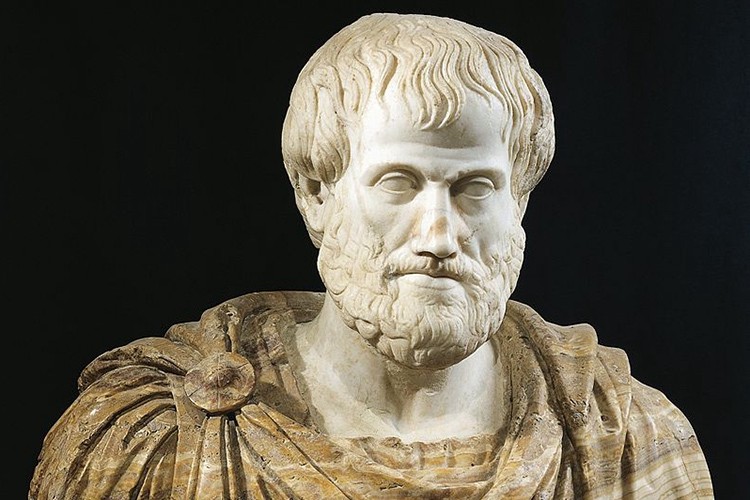

—
“It is the mark of an educated mind to be able to entertain a thought without accepting it.”
—
ARISTOTLE (384–322 BCE), Greek philosopher during the Classical period in Ancient Greece.
Wisdom for Teams #17
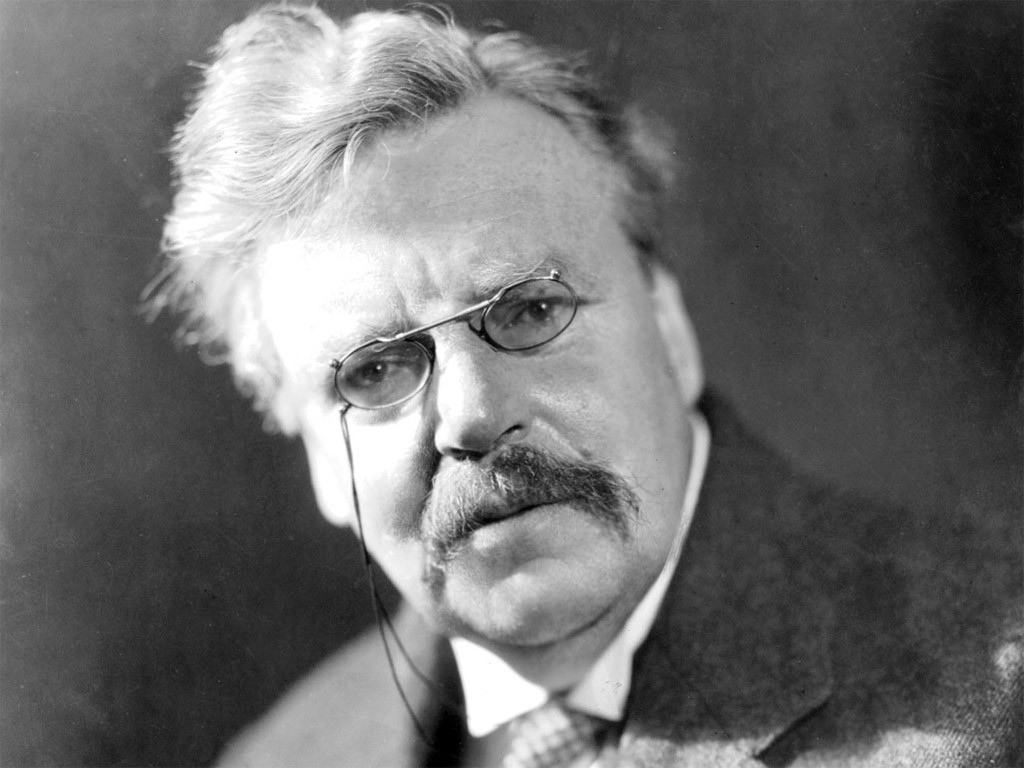

—
“When it comes to life the critical thing is whether you take things for granted or take them with gratitude.”
—
G. K. CHESTERTON (1874 – 1936), English writer, philosopher, theologian, and literary and art critic.
Two Meditation Mistakes and a Gift


Photo by Afonso Coutinho on Unsplash
Many people who take my workshops practice meditation. I often ask what they try to do when they’re meditating. I can’t remember an answer that has not gone along the lines of “putting my mind in blank” or “focusing on the breath to stop my thoughts”. This is a mistake.
We can’t stop our mind no more than we can stop our heart. Mindfulness is the ability to notice what is going on in our mind and to pay close attention to sensations. Meditation can help us become more mindful. But this is not the same thing as wanting to eliminate thoughts.
The other mistake — much more harmful — has to do with the purpose of meditation. Meditate? What for? A friend of mine is going through a life crisis. I was happy to hear he took up meditation. It’s been months and as time goes by I’ve noticed that things aren’t moving forward. He seems distant and phased out. And it does not seem like he’s doing much to improve his life.
This saddens me and I can’t help but wonder whether meditation has not become for him, and perhaps other people, a form of escapism, a mental distraction from daily life, especially from the hard bits. This is not the purpose of meditation. In fact, the purpose is the exact opposite — to improve the quality of our mind so that we improve the quality of our life, not run away from it.
—
Conclusion: Assume a critical stance toward ideas about meditation. Assess the effects that they can have on your life. Reflect deeply. Break it down. Play the devil’s advocate. Then… meditate.
—
PS: For the past 27 years I’ve been fanatically curios about the nature of our mind. Daily meditation was part of my formal education in the seminary. I’ve been a practitioner for the past few years. If you’re looking for a reliable resource on meditation, check out Waking Up.
Wisdom for Teams #16
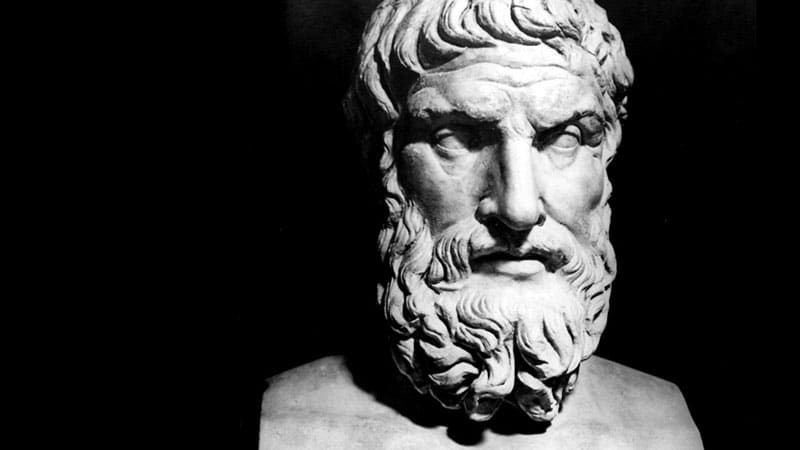

—
“It is impossible for a person to begin to learn what they think they already know.”
—
EPICTETUS (c. 50 – c. 135 CE), Greek Stoic philosopher.
A Big Heart, Do You Have One?


—
Every Wednesday evening two friends, Alex and Florian, and I meet for our stammtisch, a German tradition where friends regularly get together to hang out and drink. We do it via Zoom and we’ve been at it for months. We sometimes have a guest, and we always end up having interesting conversations. Last week’s topic was — you guessed it — big-heartedness.
In good philosophical tradition, we started by defining what we consider to be a big heart:
—
Big hearts have an irresistible passion to serve others regardless of their status, without expecting any reward.
—
Then we asked ourselves whether people are born with a big heart. Though genes may play a role, we had no doubt that life is the great creator of big hearts.
—
We are not born with a big heart. We grow into it.
—
The next step was then to explore factors that make us grow into big hearts and to identify what is it about these factors that help the heart grow. This is what we uncovered:
- Role models with big hearts
- Environments of friendship
- Experiences of service
- Downfalls in life that we breakthrough
—
The final question we addressed was whether there is a point in life after which we can no longer grow the heart. We searched our “big heart database” and concluded that, provided the above factors, it is never too late.
—
There is no deadline to grow our heart.
—
So where are you on your big heart journey?
Can you identify your big heart role models and environments?
What experiences and breakthroughs have helped you grow into a bigger heart?
Join the LinkedIn conversation here.
Wisdom for Teams #15
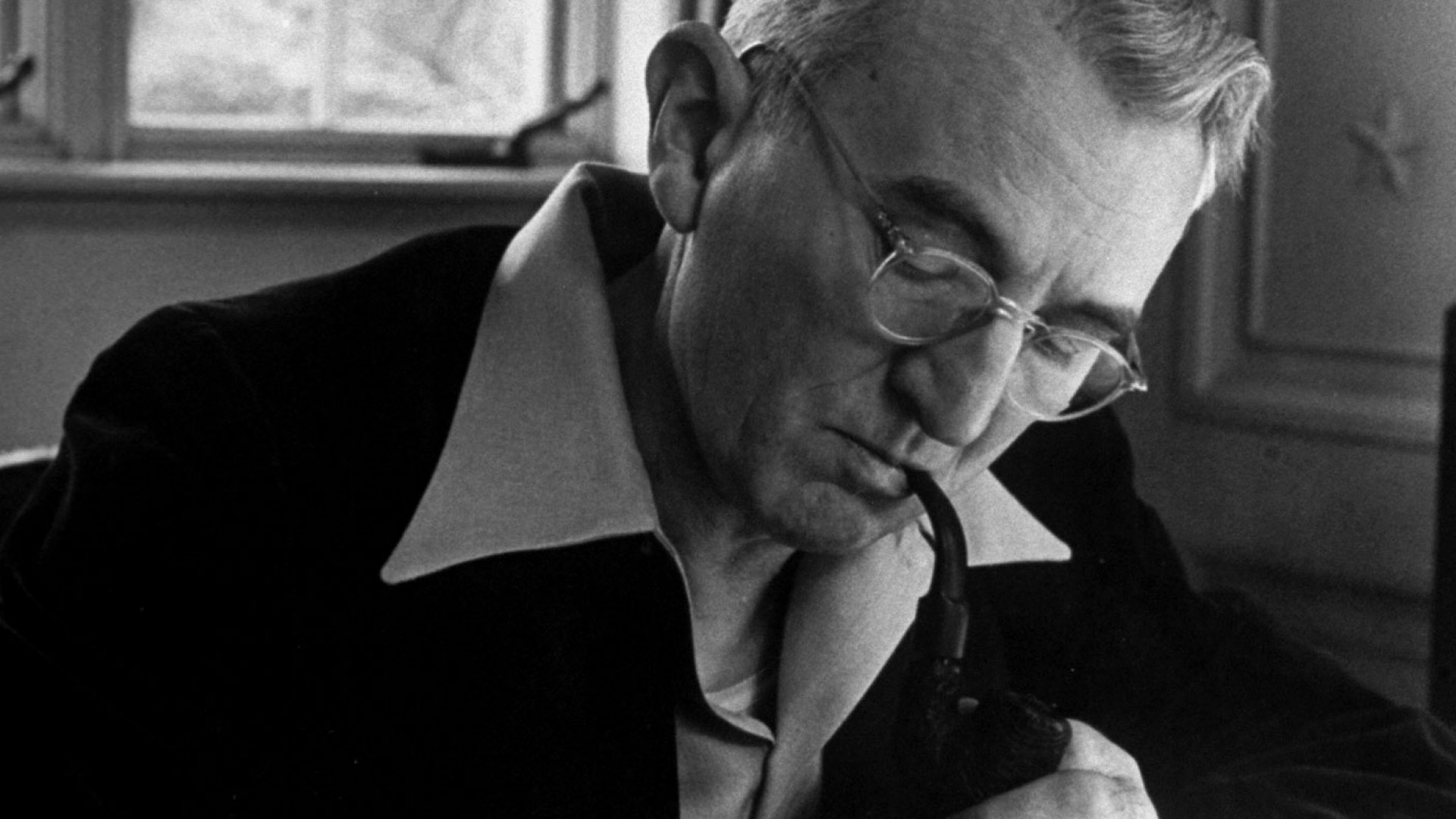

—
“A person convinced against their will
is of the same opinion still.”
—
DALE CARNEGIE (1888 – 1955), American writer and lecturer, developer of courses in self-improvement, salesmanship, corporate training, public speaking, and interpersonal skills. Author of the popular bestseller How to Win Friends and Influence People (1936).
An Exercise to Assess Your Relationships
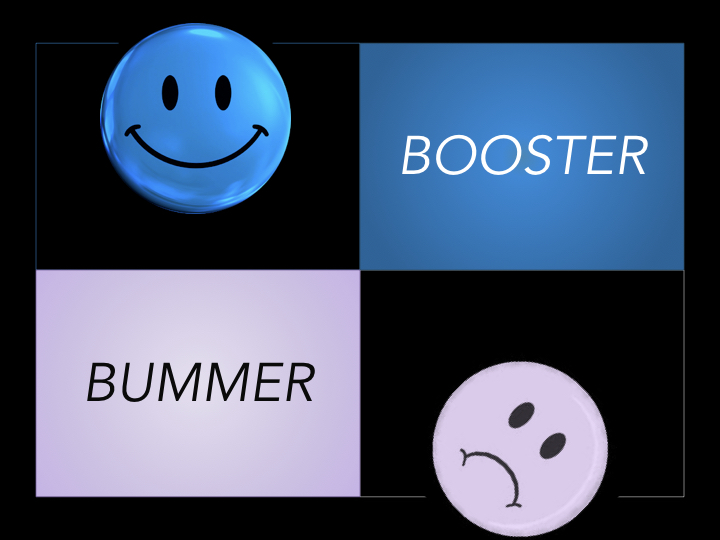

—
This is a 3 min. exercise I’ve been doing in my trainings. I created it because relationships are a great source of energy. Given our limited mobility these days and the constraints of online interaction, who can’t do with a bit more energy? But relationships can also drain our energy. So it’s crucial to know which are and are not energizing us.
Step 1
Make a list of the top 5 to 10 people that you spend more time with, people that occupy your physical and/or psychological time. The nature of the relationship is not relevant here. However people you love but don’t spend too much time with are not for this list.
Step 2
Make two columns. On the left write “Bummer”, on the right write “Booster”. In the “Booster” column put the names above of the relationships that are energizing you. In the “bummer” put the names of relationships that are currently draining you. When in doubt, opt for the bummer side.
Do this honestly. Notice that we’re talking about the state of the relationship and not the person. Relationships have ups and downs. You might have a relationship with someone you love dearly that is currently in a bummer state.
Step 3
For the people in the booster column commit to reinforce your relationship with plenty of positive feedback, compliments and appreciation. This will strengthen the booster loop you have going.
Step 4
For the people in the bummer column, choose one of these three options:
Option 1: End the relationship. If the relationship really doesn’t bring anything significant to your life and you are in a position to end it, end it.
Option 2: Fix the relationship. If the relationship is one you value deeply and want to continue, then it’s time to have one of those talks and let them know you’re being drained. Left as is, this relationship can turn toxic.
Option 3: Insulate (not isolate) yourself from the other person. If you can’t end the relationship, and it just ins’t worth fixing, you want to protect yourself from their draining influence.
This is done with what Andres Martin, founder of the Foundation for Emotional Education of Barcelona, calls an “emotional condom”. A condom allows you to interact without getting infected, in this case, without draining your energy. This is choosing to walk away, inside.
Wisdom for Teams #14
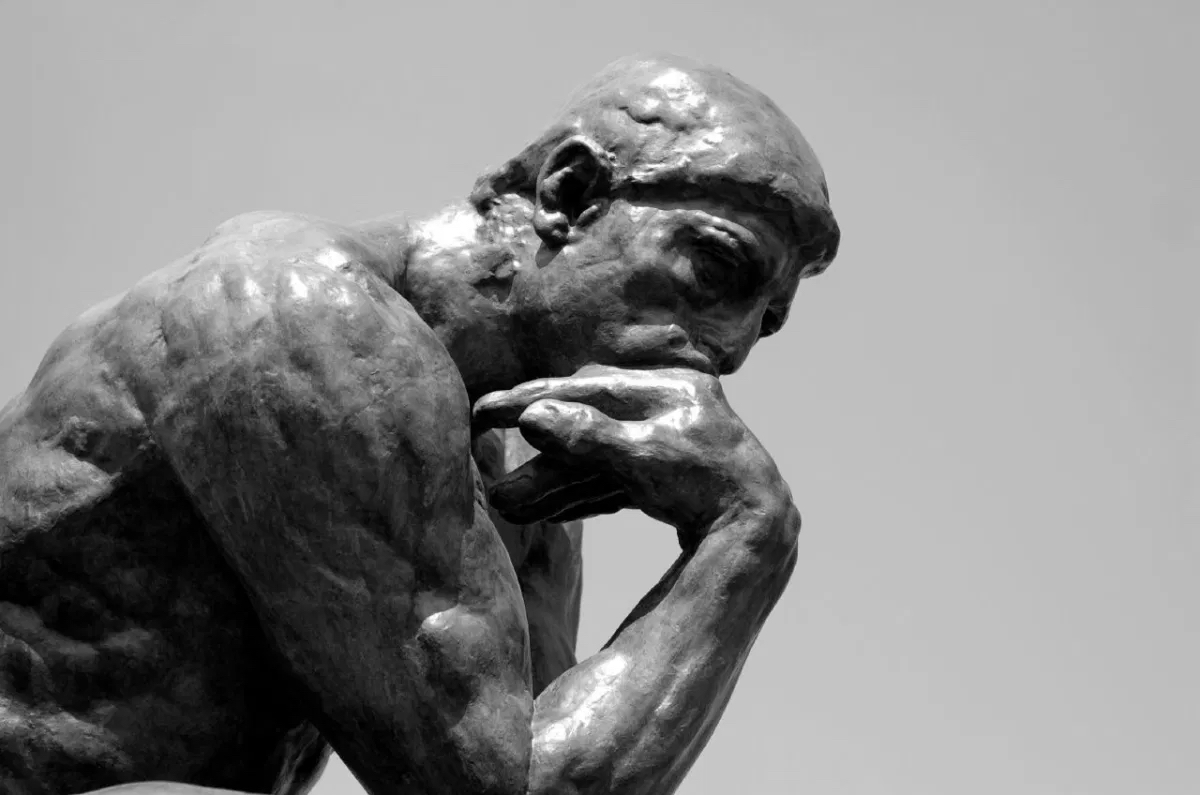

—
“The unexamined life is not worth living.”
—
SOCRATES (c. 470 – 399 BC), Greek philosopher credited as one of the founders of Western philosophy.
9 Hours of Zoom, Really?

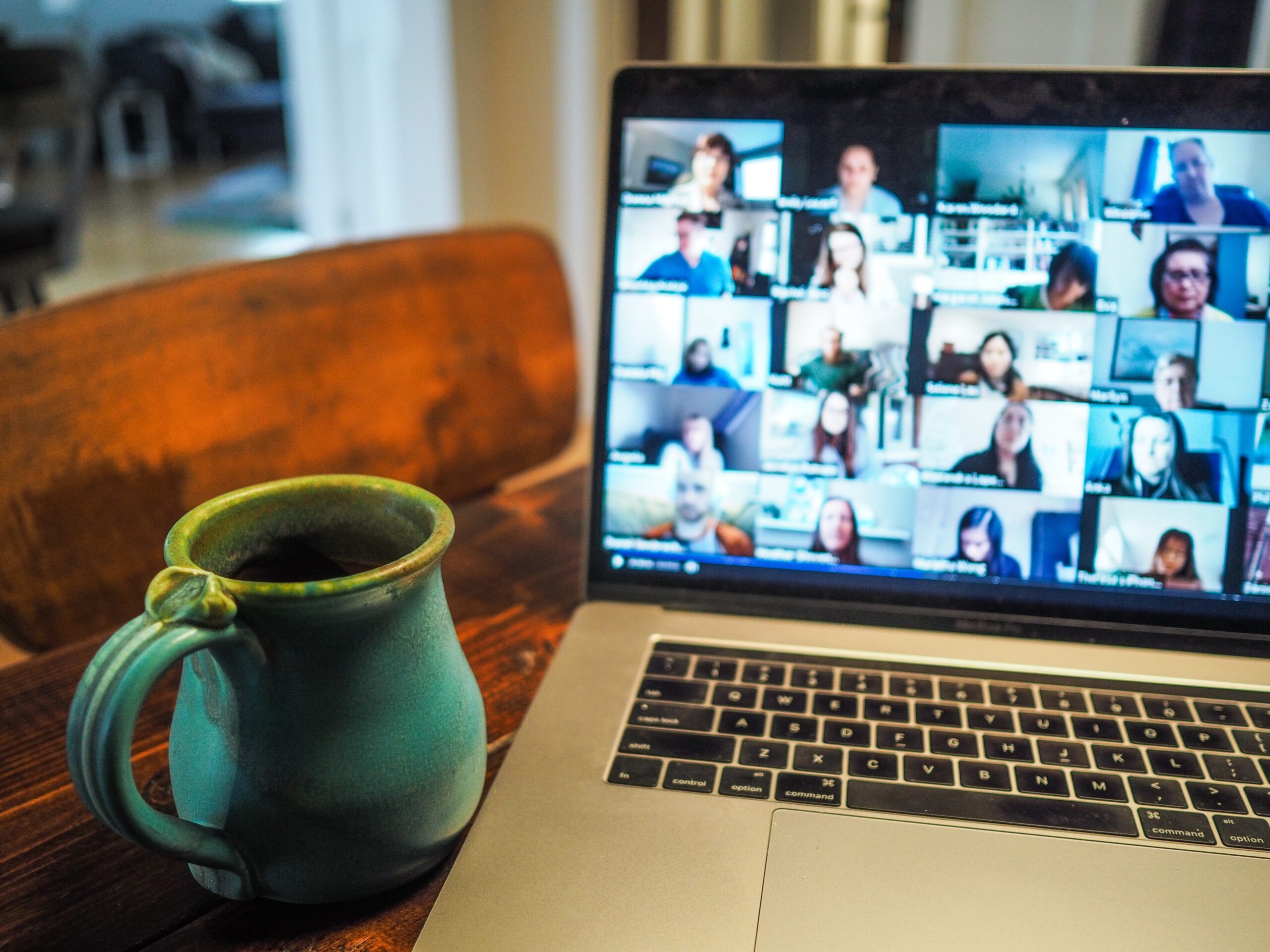
Photo by Chris Montgomery on Unsplash
—
About a month ago, I was catching up with my great friend Milu, when she asked about work. I told her I was super excited with my latest client, the Spanish branch of Westwing, an inspiring European eCommerce in Home & Living. I also told her I was a little scared. They wanted my signature course “From Bummer to Booster: 12 Steps to Become a Badass Team Player”.
I had previously done bits and prices of this online. But this time it was the full version: two days, from nine to six, all on Zoom. What’s more, I’ve been doing this course in person for nine years, so I’ve refined it to the point where — without wanting to toot my horn too much — it’s become a transformational experience.
So, yeah, I was a little concerned about how effective it would be online. Would folks survive these long hours? Would it be worth it? Without even letting me finish, Milu unequivocally asserted: “You’re gonna nail it.” I full heartedly welcomed her encouragement.
Today I’ll conclude the fourth round of this course with Westing. Was it worth it? The outcomes and the feedback allow me to confidently answer: “Hell Yeah!” It would not have been possible without the outstanding vibe that Westwing has (btw their products are also outstanding!).
Conclusion: If you’d asked me a year ago if my workshops would work online, I’d say no way. Today they all happen online. There is still much to learn and refine but it is nice to see the magic of transformation also happening online.

